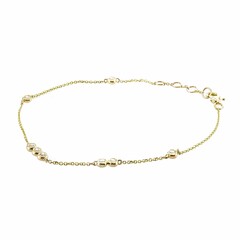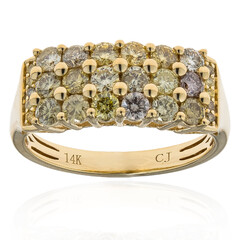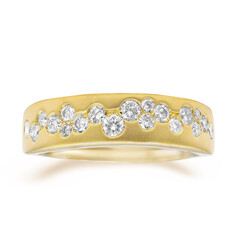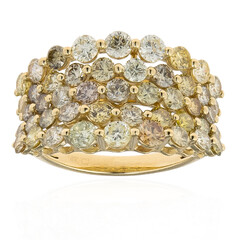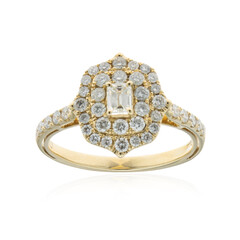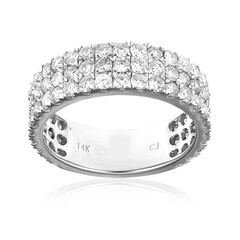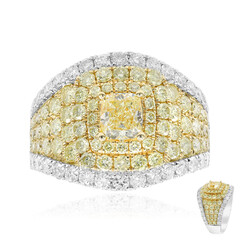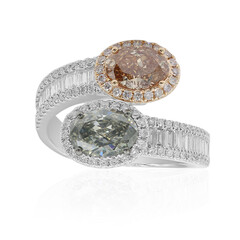Diamond
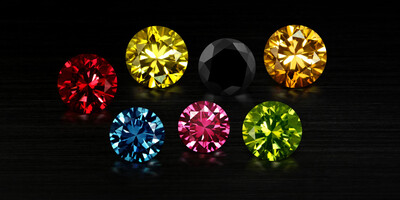
1. Introduction
Discover the world of real diamonds at Juwelo and learn all about the unbeaten gemstone classic.
2. Name and History
Name
‘Diamond’ comes from the Greek word “adamas”, which means “invincible” and emphasises the special hardness of this gemstone.
History
Diamonds have a number of mythological and esoteric associations: Greek philosophers believed that celestial spirits dwelled in diamonds; the Romans believed diamonds to be the tears of the gods or fragments of stars that had fallen to earth. In Hinduism, diamonds were believed to have been formed when rock and lightning collided. According to Jewish tradition, a diamond that is pointed at a guilty person turns dark in colour. In contrast, the brilliance of a diamond pointed at an innocent person is intensified. From the Middle Ages to the Renaissance, a number of esoteric effects were attributed to these gemstones, which were supposed to ease the hardships of life. They were said to give courage and valour, invincibility, strength and virtue, chase away nightmares and evil spirits, tame wild animals, protect the home from fire and even calm the mentally ill. The trade in so-called ‘blood diamonds’ (diamonds that are usually illegally mined in a war zone, smuggled and sold to finance the fighting) is countered by state certificates of origin. This ‘Kimberley Process’, initiated by the United Nations, aims to prevent the trade in blood diamonds through a state regulation system, which more than forty countries agreed to in 2000. Only the countries participating in this system are allowed to export rough diamonds to other partner countries.
3. Characteristics and Formation
Characteristics
The diamond is the hardest known naturally occurring material. It has a dazzling brilliance, a fantastic fire and a glistening sparkle. These popular properties of the diamond are particularly evident in the brilliant cut. (The standard number of facets is 57 or 58 if you count the calette). However, the brilliant cut is now used for many other gemstones and is specially adapted to the typical characteristics of a diamond. The four Cs (colour, clarity, cut and carat weight) form the basis for the valuation of diamonds.
Formation
The diamond consists of crystalline carbon. Colour-causing trace elements cannot penetrate the gemstone due to the compact atomic structure, but in addition to the popular colourless variety, there are also coloured diamonds. Boron, hydrogen, nitrogen or anomalies in the crystal structure (colour centres) cause the colours of the so-called ‘fancy diamonds’. Naturally coloured diamonds are rather rare in nature; many specimens are colour-treated.
4. Varieties
In addition to the familiar colourless (also known as ‘white’) diamonds, there are also coloured diamonds (fancy diamonds), which can be yellow, blue, brown, red or even black, for example. The assessment of the colour and purity of a diamond has been standardised by the Gemological Institute of America's (GIA) colour and purity scale.
5. Treatment and Care
The diamond can usually be subjected to normal care as well as steam or ultrasonic cleaning.

